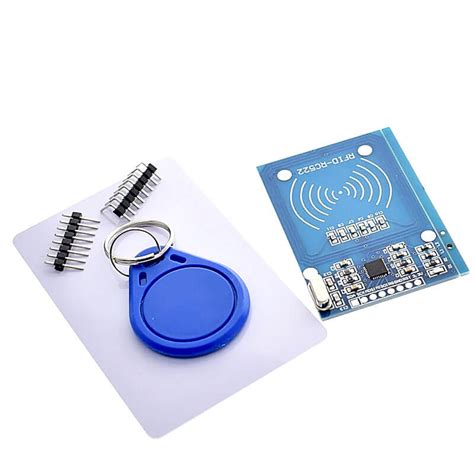
RC522: An Affordable RFID Reader/Writer Module
Introduction to the RC522 RFID Module The RC522 RFID (Radio-Frequency Identification) module is a popular, low-cost solution for reading and writing RFID tags. This module[…]

Countersink VS Counterbore – How To Effectively Fix the PCB
Introduction When it comes to assembling printed circuit boards (PCBs), there are various methods used to secure components and create reliable connections. Two common techniques[…]
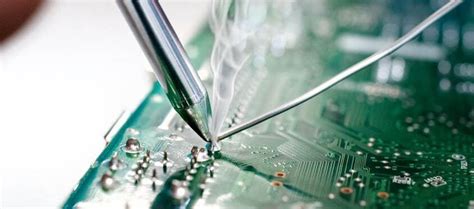
4 Common Issues in PCB or PCB Pads and How to Fix
Introduction Printed Circuit Boards (PCBs) are the backbone of modern electronics, enabling the interconnection of various components to create complex circuits. However, even with advancements[…]
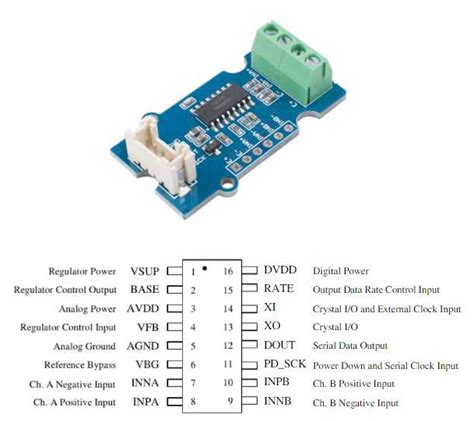
Hx711 Datasheet: Its Pinout Configuration and More
Introduction to the Hx711 ADC The Hx711 is a popular choice for reading load cells and strain gauges due to its high accuracy and ease[…]

Five Things You Need to Know About Countersink vs Counterbore
What is Countersinking? Countersinking is a technique used to create a conical recess at the top of a drilled hole. This recess allows the head[…]

What Are the Best Ways to Use Flexible and Flex-Rigid PCBs?
Introduction to Flexible and Flex-Rigid PCBs Flexible and Flex-Rigid PCBs are becoming increasingly popular in the electronics industry due to their unique properties and versatile[…]
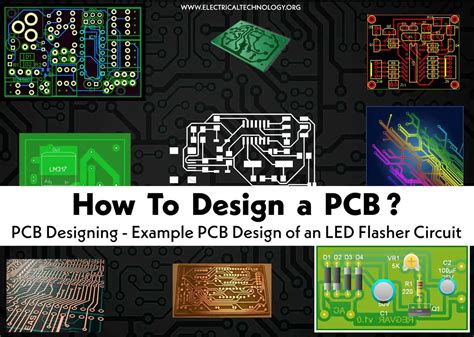
Protel PCB: Basic Knowledge in Definition, Features, and Advantages
What is a PCB? A printed circuit board (PCB) is a flat board made of insulating material, such as fiberglass or composite epoxy, with conductive[…]

Frequency to Voltage Converter: A Proportional Mechanical to Electrical Signal Converter
Introduction to Frequency-Voltage Converters A frequency-voltage converter, also known as an F/V converter or a tachometer signal conditioner, is an electronic device that converts a[…]

Transistor Flip Flop: A Sequential Logic Circuit for Storing Binary Data
Introduction to Transistor Flip Flops A transistor flip flop is a fundamental sequential logic circuit used in digital electronics to store binary data. It is[…]
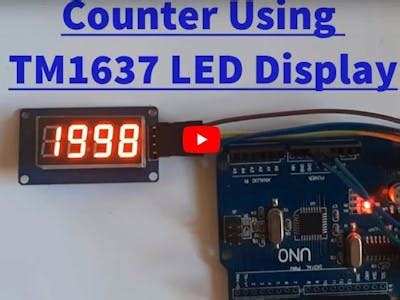
TM1637: A Beginner’s Comprehensive Tutorial
Introduction to the TM1637 LED Display Module The TM1637 is a popular 4-digit 7-segment LED display module commonly used in Arduino, Raspberry Pi, and other[…]